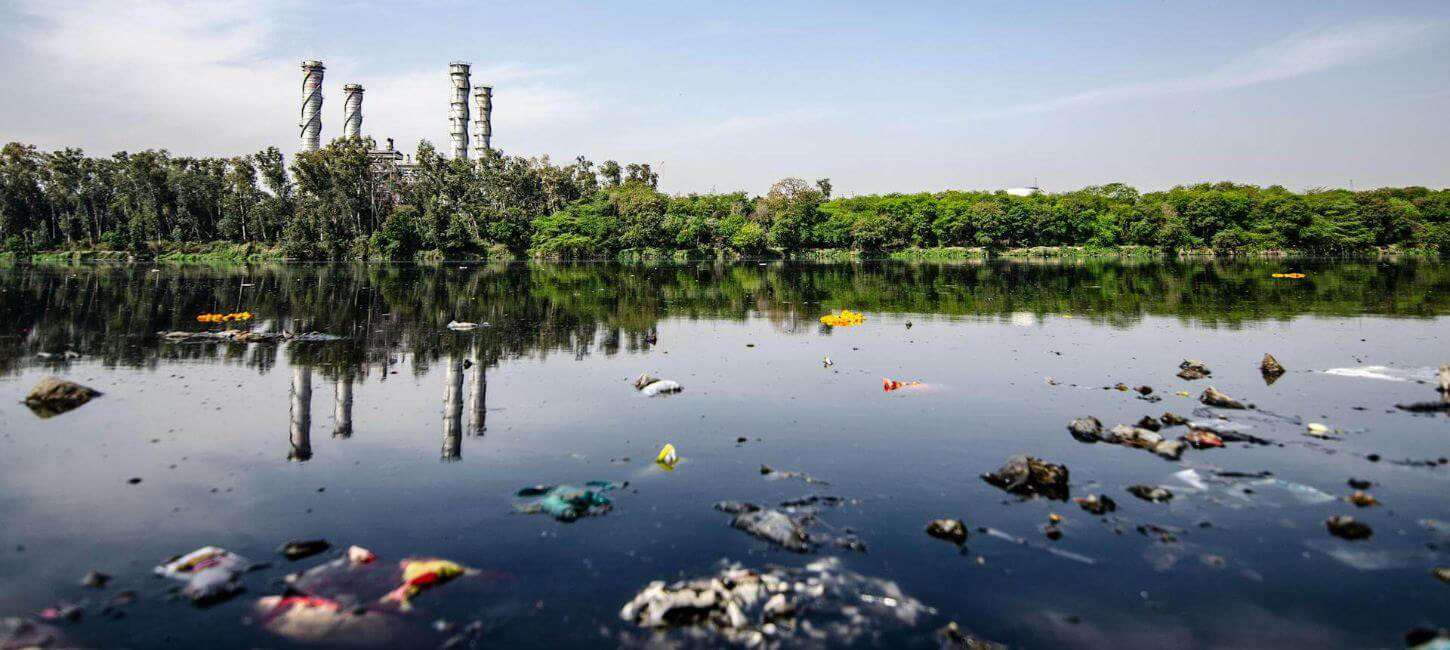Articles / insights / Sustainability / Water pollution / Water technology
Earth Day
Earth Day
March 22, 2024
Earth Day
Overview of Earth Day
Although most of us may consider environmental pressure groups a recent phenomenon, the origins of Earth Day date back to 1970 when it was originally an idea for an environmental teach-in on US college campuses. April 22 was chosen as it was midway between Spring Break and final exams, thus maximising student participation.
Fast forward over 50 years and whilst Earth Day is still celebrated on April 22nd, the scope and reach has massively increased.
No longer a US-based college pressure group, Earth Day has grown to be one of the leading conservation voices worldwide, one of its commitments being to rid the world of unnecessary plastic, seeking a 60% reduction by 2040.

Arvia is working on developing products for a safer world.
Earth Day 2024
The theme of Earth Day 2024 is Planet vs Plastics. Plastic pollution, both seen and unseen (see below) is a major blight and a danger to world health. Earth Day 2024 is a day of action for everyone – from schoolchildren to college students to special interest and faith groups, all united in the common goal of reducing plastic use, especially single use plastic.
For instance, over 3 trillion single use plastic bags are given out each year. This is an unsustainable number, as these bags and many so-called ‘disposable’ products like them do not break down, ending up in landfill or worse, floating in the oceans to the detriment of sea life. And although it may be Instagrammable to beachcomb in Cornwall for Lego bricks, those are just a tiny proportion of debris on the hightide line of every beach on every continent.
What are toxic ‘Forever Chemicals’?
Plastic bags and discarded water bottles are just part of plastic waste you can see. But what’s even more dangerous is the waste you can’t see.
For a start, there are millions of tons of so-called micro-plastics – fragments less than 5 mm in length – which can be anything from pieces broken off larger plastic items to microbeads which are minuscule manufactured plastic pellets used in health and beauty products.
Smaller and more insidious still are the PFAS (per-and polyfluoroalkyl substances) suspended in water. These ‘forever chemicals’ do not break down in the environment and can move through soils and contaminate drinking water sources, bioaccumulating in fish and wildlife.
Products containing PFAS
According to the Center for Disease Control in the US, per-and polyfluoroalkyl substances (PFAS) are a group of chemicals used to make fluoropolymer coatings and products that resist heat, oil, stains, grease, and water.
Fluoropolymer coatings are found in a variety of products. These include clothing, furniture, adhesives, food packaging, heat-resistant non-stick cooking surfaces, fire-retardant foam and the insulation of electrical wire.
Resultant, cutting down on plastic use would see an immediate benefit of reducing our exposure to PFAS.
Why are PFAS dangerous?
The CDC goes on to state that human health effects from exposure to low environmental levels of PFAS are uncertain. Studies of laboratory animals given large amounts of PFAS indicate that some PFAS may affect growth and development.
In addition, these studies indicate PFAS may affect reproduction, thyroid function, the immune system, and injure the liver. Epidemiological studies on PFAS exposure evaluated several health effects.
Because PFAS exposure is a relatively new phenomenon, the long-term effects of PFAS water pollution are unclear – but bearing in mind the recent history of other man-made chemicals ending up in water (like DDT) the prognosis isn’t that good. (For reference see the intro to this article.)

PFAS resist breakdown, causing long-term contamination in soil, water, and wildlife.
PFAS Regulations
In February 2023, Denmark, Germany, Norway, Sweden, and the Netherlands jointly submitted the EU PFAS Restriction Proposal, aiming for a blanket ban on all PFAS chemicals.
The European Commission is committed to phasing out all PFAS, allowing their use only where they are proven to be irreplaceable and essential to society. The recast of the Drinking Water Directive, which took effect on 12 January 2021, includes a limit of 0.5 µg/l for all PFAS.
There are similar regulations in force or drafted in many other countries worldwide including bans on PFAS in food packaging in the US.
How to remove PFAS from water
The issue with many of the national and bloc-wide directives for the reduction or removal of PFAS is that isolating them for water reuse is easier said than done.
The use of ‘legacy’ methods like membrane separation, anion exchange and activated carbon are not particularly efficient. However recent developments in electrochemistry are proving a lot more promising.
Arvia’s Solution to PFAS water pollution
As a world leader in electrochemical treatments of industrial wastewater, Arvia has been developing a new technically advanced solution to PFAS pollution and will launch new products in late 2024.
This promises to be more efficient and have lower CapEx and OpEx costs than competing systems.
As the world marks Earth Day and its commitments to reducing plastic waste by 2040, Arvia developing products for a safer world where more water can be recycled for the good of mankind.
For more information of Arvia Technologies, see the website
More featured articles
03.14.2024

Fresh water is essential for everyday life and World Water Day is used to promote sustainable water management. But why is World Water Day so important?
03.20.2024

The Global Water Summit brings together industry leaders to address the most pressing challenges in the water sector and explore effective solutions to tackle them.
01.31.2023

We discuss sustainable water management and how specific industry sectors would benefit by adopting water stewardship.
Our wastewater treatment expertise
Our water technology can be used to treat a variety of water treatment applications. Once we understand the nature of your wastewater and your final water quality target, our water treatment specialists can make recommendations as to how best to treat your water. Take a look at some of the Nyex applications here:
Need help? Speak with an expert